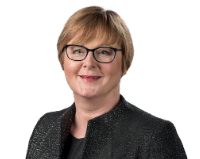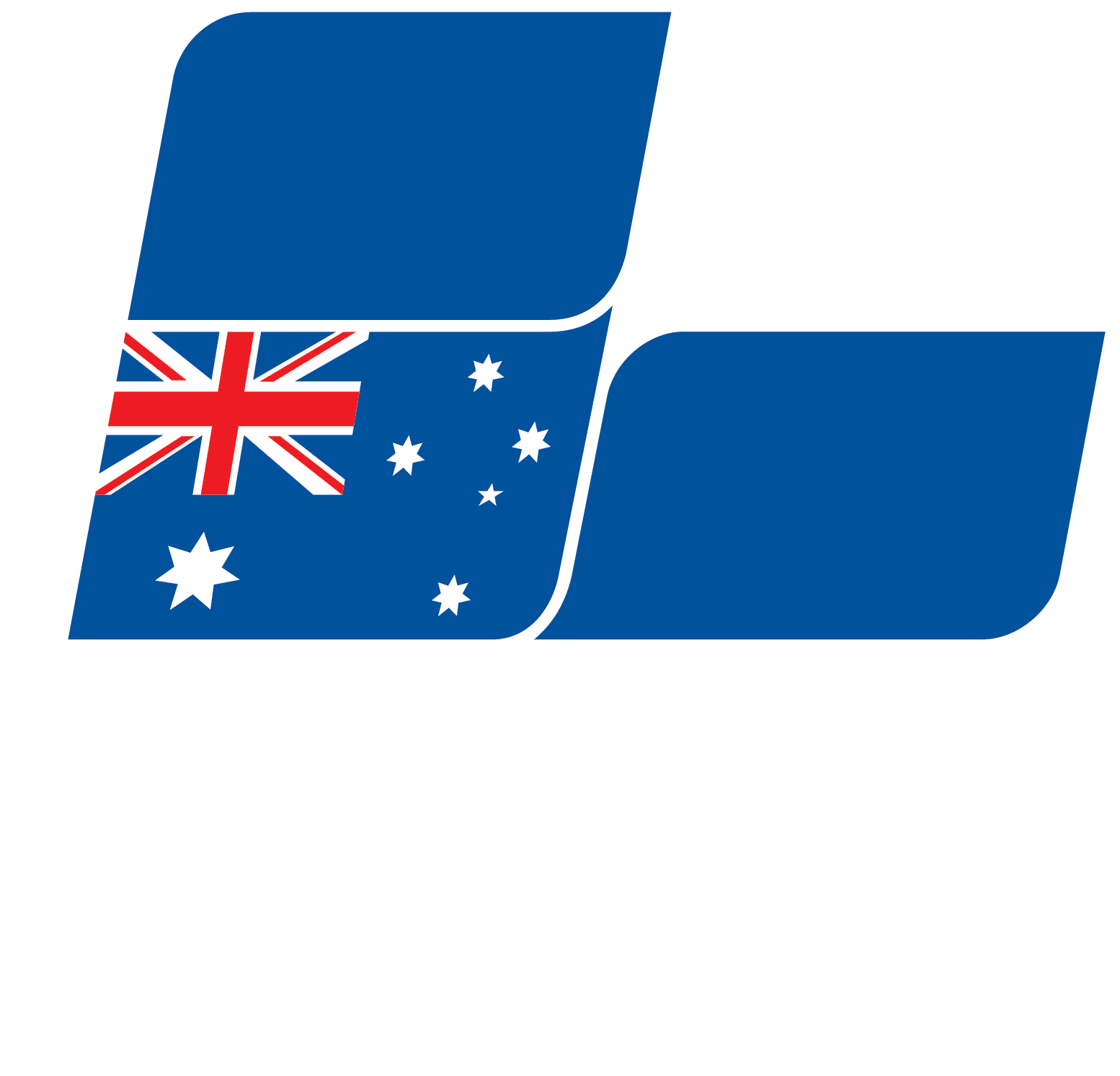Desert Fireball Network – 7 February 2018
Senator REYNOLDS (Western Australia) (13:15): I rise this afternoon to share the remarkable story of an extraordinary team of Western Australian women who are leading the world in the exploration of our solar system. Last week at Curtin University I had the honour of meeting an absolutely astonishing group of women who are some of the most respected planetary scientists in Australia and, indeed, the world. These extraordinary women are part of the Desert Fireball Network, which is based at Curtin University and which is working with NASA and Lockheed Martin to uncover the secrets of our solar system. This groundbreaking research project has already started discovering some of the secrets of the formation of solar system through the study of meteorites and fireballs and through tracking their journey through space. I have to say to the team: my apologies in advance for any details of the science of your extraordinary project that I get wrong, but I will make my best endeavour to get the science right.
The project uses an autonomous network of miniature observatories which have been developed and built by the researchers in Western Australia. To my non-scientific mind this network of cameras seems very similar to a single optical dish but is much more effective. These observatories now cover a third of Australian skies. They take pictures of the solar system all night, every night. These cameras track and triangulate fireballs for positions of the meteorites and their pre-earth orbits from multiple viewpoints. It is absolutely mind-blowing science done with mind-blowing accuracy.
None of this would have been possible without the Pawsey Supercomputing Centre, located in WA. It’s where the data produced by the fireball network is stored and later analysed. This centre is also responsible for making possible the extraordinary work done by the Square Kilometre Array project and other big data projects in Western Australia.
After tracking and pinpointing the location of fallen objects, scientists begin the trek on the ground to collect them. Literally, the scientists will have observed a meteorite, which is probably about five centimetres big, in the desert. That is no mean task, I’ve got to say. They find these meteorites, which is probably a lot harder than finding a needle in a haystack. After they’ve recovered the meteorites they start to analyse them. These meteorites contain the secrets of the creation of the solar system, including how the system came into being, how dust and gas produced our earth and how our planet and other planets may be capable of sustaining life.
In addition to NASA, the Desert Fireball Network has partnered with Lockheed Martin Space Systems, and the technologies that the Western Australian team has developed are being adapted for satellite tracking. Christened Project FireOPAL, the project is unique in using multiple simultaneous observations of satellites from different viewing angles to pinpoint their positions in the sky and where they’ve fallen on earth. Each observatory is an intelligent imaging system in itself. Acting as a network they are capable of determining orbits for hundreds of objects every hour in real time.
The amazing women of this network whom I met come from a diverse range of scientific disciplines. Their backgrounds and ages are about as diverse as the hair colour of the ladies in the team. I’d like to recognise each and every one of these extraordinary ladies. I really hope that what these women are doing means that every young girl who dreams and looks to the stars and who wants a future in planetary science can look at these women and know that it is possible.
First of all, I’d like to acknowledge Renae Sayers. Renae is a passionate advocate for all things space, and I think she’s got one of the coolest titles around: International Science Communicator. Renae’s passion for outreach and engagement is a tremendous asset for our state as we continue to develop a thriving space industry in Western Australia.
Gretchen Benedix is an internationally renowned scientist, and she’s the lead on the mineralogy and petrology studies of the meteorites found by the network’s own geologists. I had the pleasure of holding a rock from Mars and some that had been found in the Wolfe Creek Crater. It’s extraordinary what they’re doing.
Dr Lucy Forman is a postdoctoral researcher in the team. She has focused on detecting extralunar fragments in lunar soils collected on the Apollo 14 mission to the moon. Lucy saw the light and moved to Perth from the UK to continue her career and make an impact in this field. She came to Western Australia because we are now one of the main global hubs for planetary sciences.
Nicole Nevill has a great passion for hard rock geology, evolution and seeking the unknown. She was selected for the John Curtin Leadership Academy in 2015 and recently won the Victorian Space Science Education Centre-NASA Australian Space Prize for top planetary science honours under the geology and planetary geology category. She has just completed a three-month internship at NASA, a collaboration that will continue for her.
Morgan Cox is a geology undergraduate who is responsible for decoding the timing of fireball trajectories. She tried to explain to me exactly how she does this, and I didn’t get past the words ‘This is what I do’! But it was extraordinary maths and application of science. As an undergraduate, she’s already won the 2016 Eugene M Shoemaker Impact Cratering Award from the international Lunar and Planetary Institute and has presented her work on shocked minerals at international conferences.
Katarina Miljkovic is a planetary scientist with expertise in numerical and experimental impact physics. She analyses data from numerous space missions. Her research focuses on understanding the geophysics of planetary bodies, including earth, through impact processes as well as cratering mechanics and shock physics.
I would also pay tribute to the irrepressible Professor Phil Bland, whom I’ve come to have a great deal of affection and respect for. He’s the instigator and developer of the Desert Fireball Network. He is a passionate and tireless advocate for Western Australia’s growing space sector. Phil is a member of the space industry working group that I established last year. I look forward to welcoming him and the team back to Canberra next month to continue on the mission for a space centre in Western Australia.
These remarkable Western Australian women are part of the Australian and international planetary science community. I talk about these amazing women today because I think the work that they do is not only nationally significant; it is globally significant. As we turn our minds to encouraging more women into STEM and into sciences, there is no-one more inspirational than these women in terms of what they’re doing. There are already 150 researchers across many of the disciplines that I’ve talked about, supporting international planetary missions for the European Space Agency and for NASA.
In 2015 Australia and NASA came together in a formal partnership of planetary science with the creation of the Solar System Exploration Research Virtual Institute. This organisation has provided ground floor access for Australian researchers in the mission concept development. Australian planetary scientists are also represented on the NASA, European Space Agency and Japanese Aerospace Exploration Agency mission science teams. Again, the work that is happening in Western Australia across so many different disciplines and sciences is just amazing.
I’m hoping that, once the Megan Clark review of Australia’s space industry capability is concluded—which I understand will be next month—we will have put together, with the state government, a fabulous case for why we should have a new space agency based in Western Australia. What we want to do is bring the best and brightest minds already in Perth and across the nation under one roof with international agencies, governments and industry to apply their knowledge and capability to build this agency. Western Australia already has the greatest space capability of any state—space research and space exploration in both the military and civilian spheres.
Finally, I’d like to commend all Western Australian universities for working together so harmoniously on this proposal, with the support of Peter Klinken, the Chief Scientist of Western Australia, and the WA state government. It’s in the best interests of the space science community and the best interests of Western Australia. And I’d like to commend the ladies of planetary science at Curtin University; they are absolutely spearheading the way of the future.


